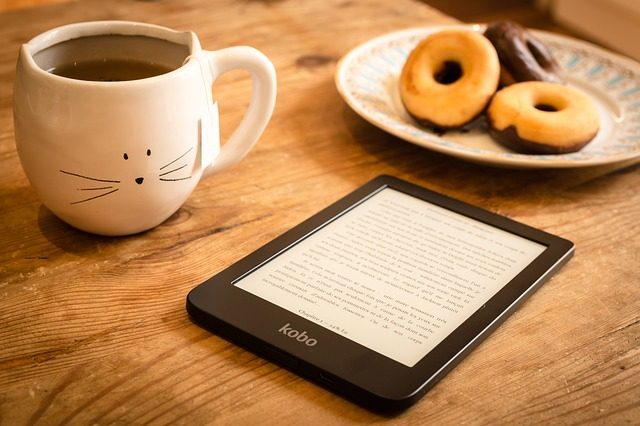
Session 1: An Introduction
I would happily label myself as a “digital immigrant” (Prensky, M. 2001) someone who although having not had technology and gadgets around me since birth… Read more

Session 2: Programmable Toys
The modern classroom should reflect the contemporary world and this can be achieved by teaching programming. More specifically, in the primary education context, we can… Read more

Session 3: Interactivity And Multimodality
To look back over our previous sessions, we can see that technology can make a lesson a lot more accessible but only if the tools… Read more

Session 4: Coding
In today’s fast-paced world we must prepare our next generation of learners not only how to use the technology we have today but be ready… Read more

Session 5: eBooks
With our next generation of learners being native to technology (Prensky, M. 2001), we should be using technology to engage and expand the idea of… Read more

Session 6: Movie Making
In the age of social media it is becoming easier and easier for children to be unsafe online and it is our duty as a… Read more

Session 7: Animation Part 1
Being digitally literate goes way beyond reading and understanding words online but understanding that pictures – or in this case animation – are a valid… Read more

Session 8: Animation – The Sequel
With reference to last week we must try and engage learners in as many interactive ways possible (Beauchamp, 2012). Today, we try and do this… Read more

Session 9: Games-based Learning
As an avid – although self-labelled – gamer there is much debate about whether games based learning enhances or distracts from learning. Gaming – more… Read more

Session 10: QR Codes
QR codes are the solution to the problem “how do we condense information into a form that can have a sense of mystery to the… Read more

Session 11: A Conclusion
We are now at the end of this module and I honestly am humbled with the insight into technology that I never thought possible. I… Read more
